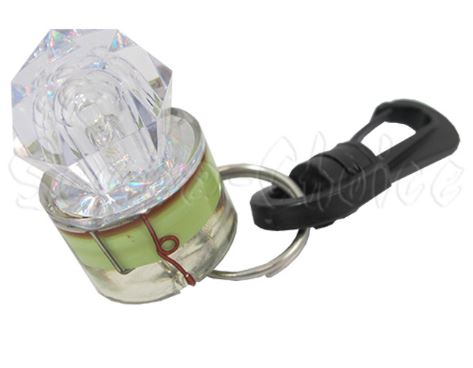8th Apr 2023
When Does Interaction Between Wildlife and People Become Harassment?
Any experienced diver would say that some of their most memorable experiences on the water would be those where they interacted with marine wildlife. It’s fascinating, after all, to be in their world that many divers would say it is life-changing.
But on the other side of the interaction, do animals feel the same way? Or do they feel harassed and exploited?
Understanding Harassment
Experts define human-wildlife interaction in two ways: direct and indirect impacts and selective and non-selective impacts. Direct impacts are the result of direct interactions while indirect impacts are those disturbances in the animals’ habitat.
Selective impacts are those coming from activities focusing on the animal while non-selective impacts are those incidental interactions from recreational activities.
There are other forms of harassment as defined by these researchers, but the challenge is how exactly to determine when harm is done in an interaction. While we are aware that direct interactions can cause disruptions in an animal’s routine, other activities such as viewing are still under study.
Another challenge here is how different groups of people view interactions and set their own rules for them. For instance, divers follow rules of interaction to cause as little disruption to marine life as possible. But tour operators who profit from these interactions have different views.

A change of perspective
But in this context, you also realize that the real solution to the problem despite all these conflicts is seeing things from a new perspective. Interactions are life-changing, for sure, but the mindset that you’re not hurting the animal simply because you’re following it, viewing it, or touching it gently may not be true.
It’s very important to understand these creatures and learn about their own way of life before interacting with them. Although you’re not hurting them directly, your actions could pose serious consequences to their well-being later on.
In the end, it’s all about being more responsible as a diver or anyone interacting with these marine animals. They deserve it, after all, and you can do something to drive that change in attitude for others who also want to see these animals in their habitat.
